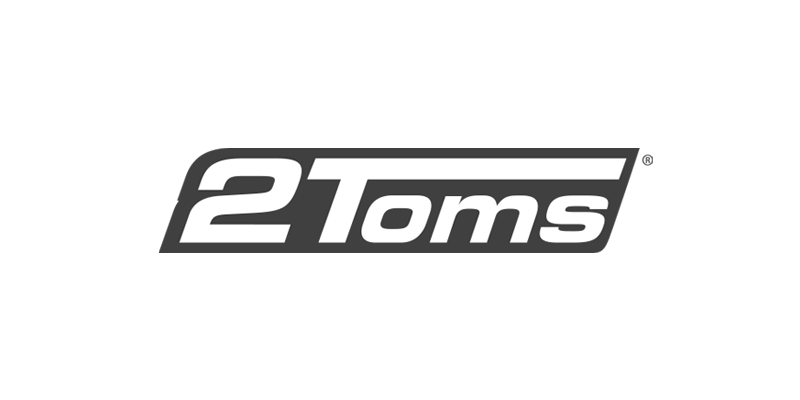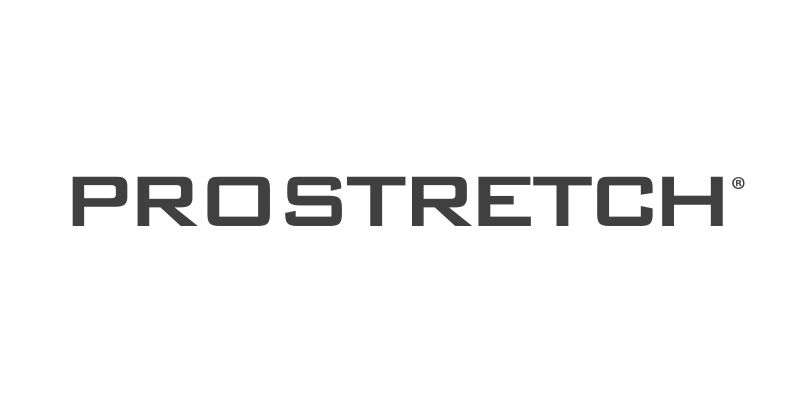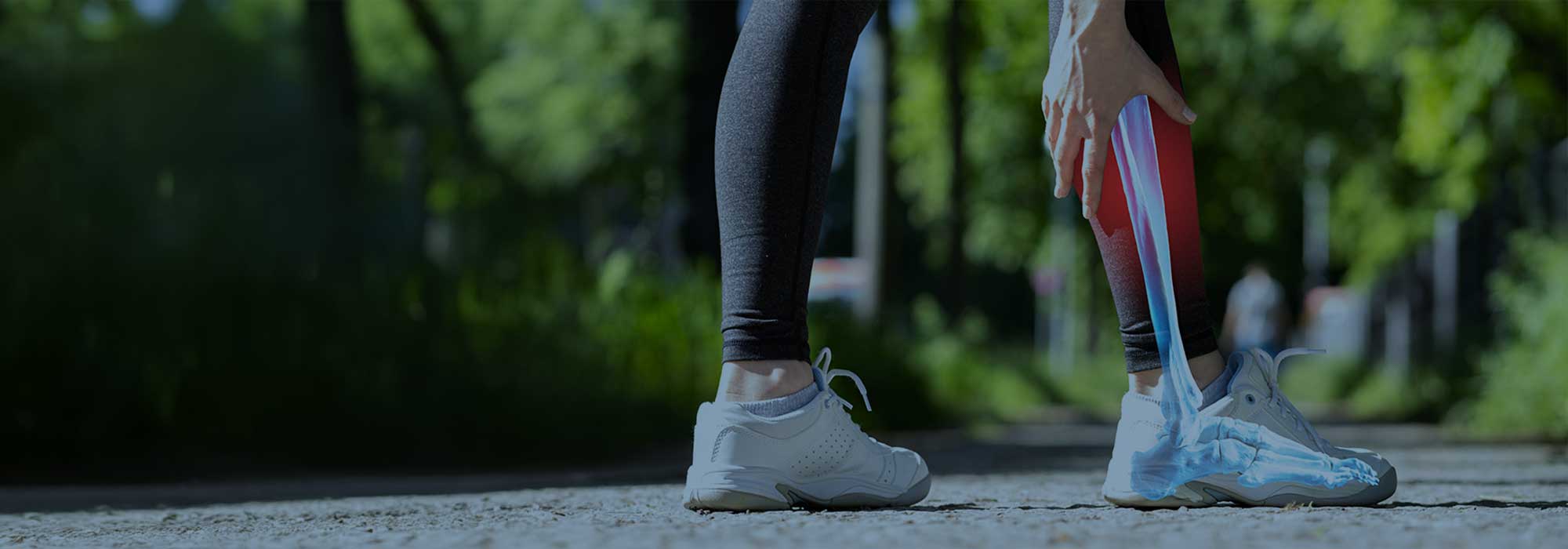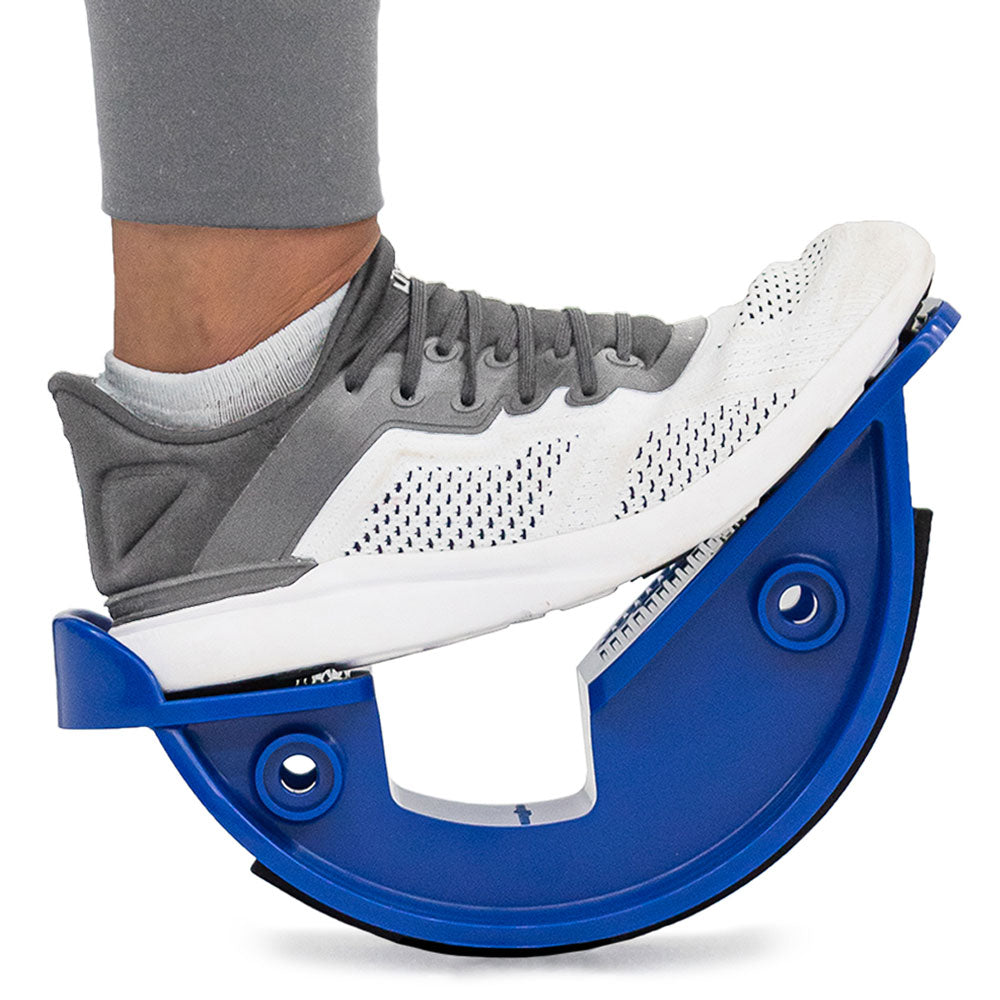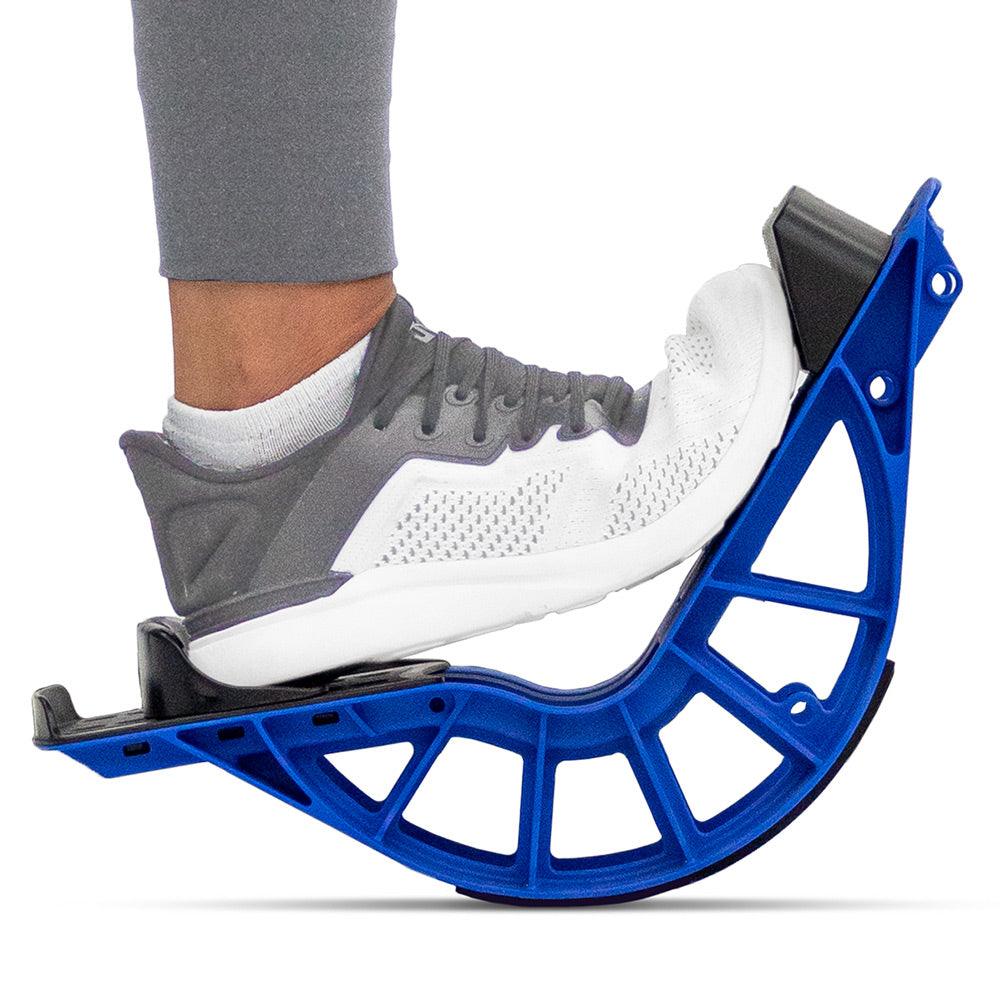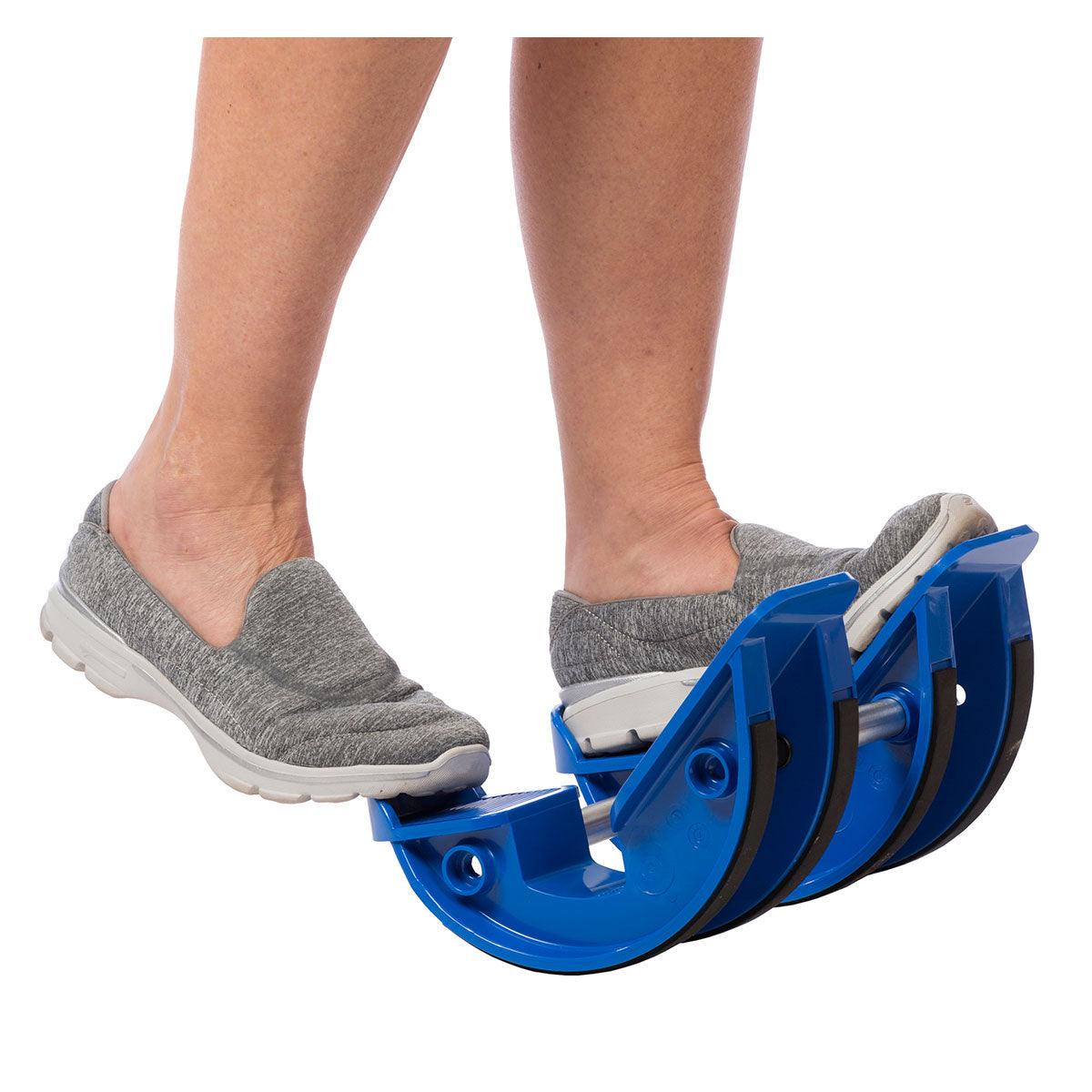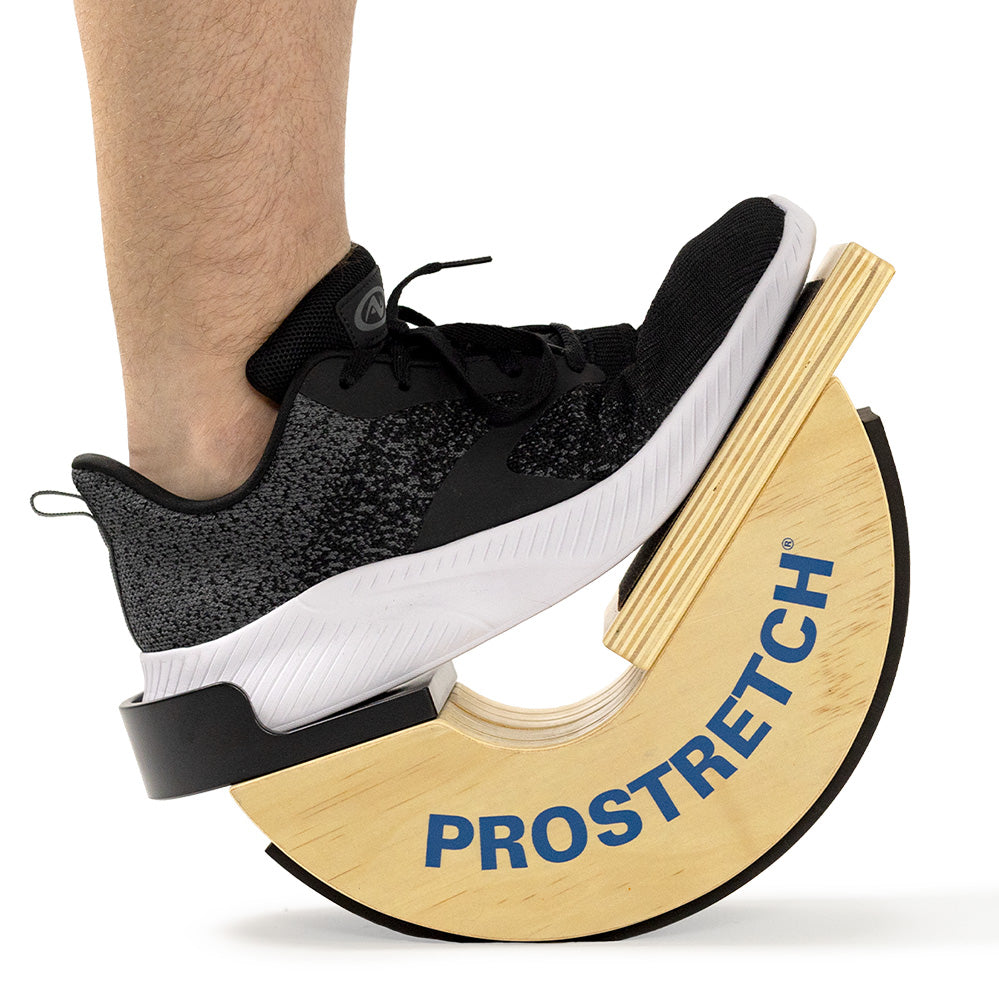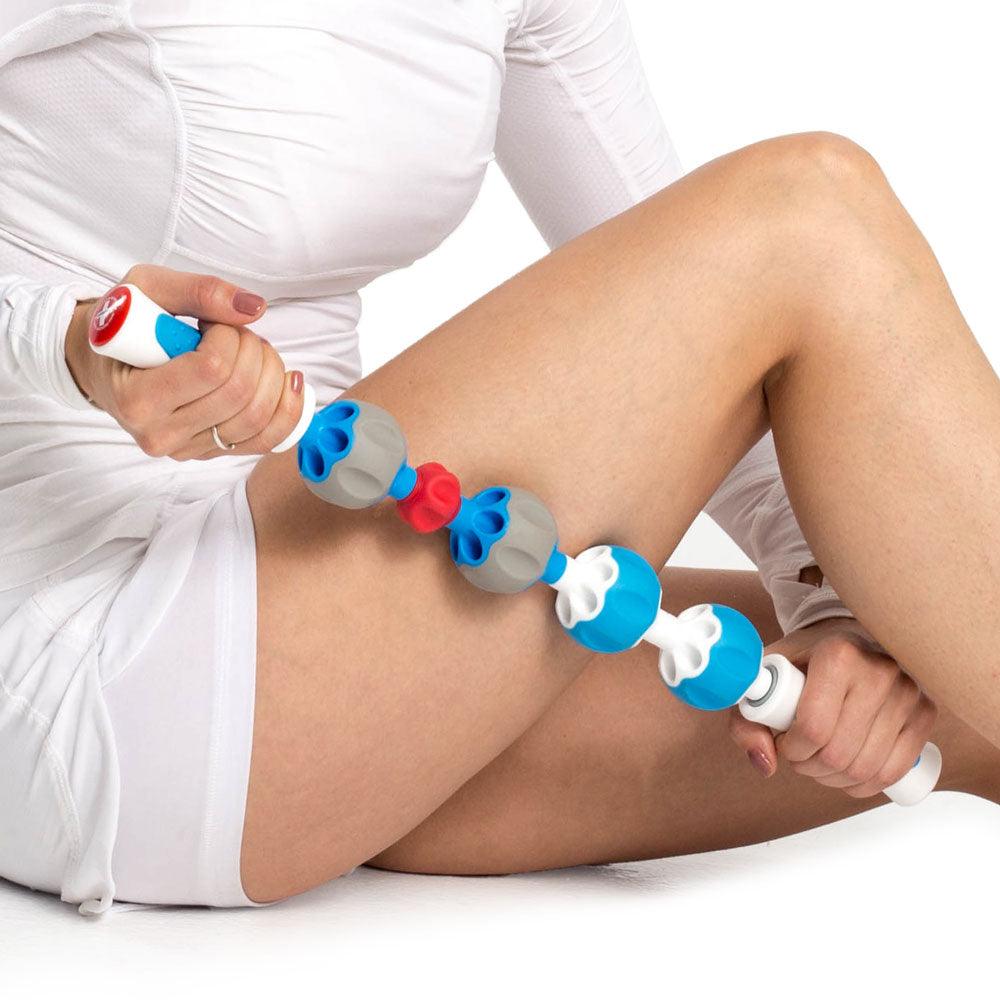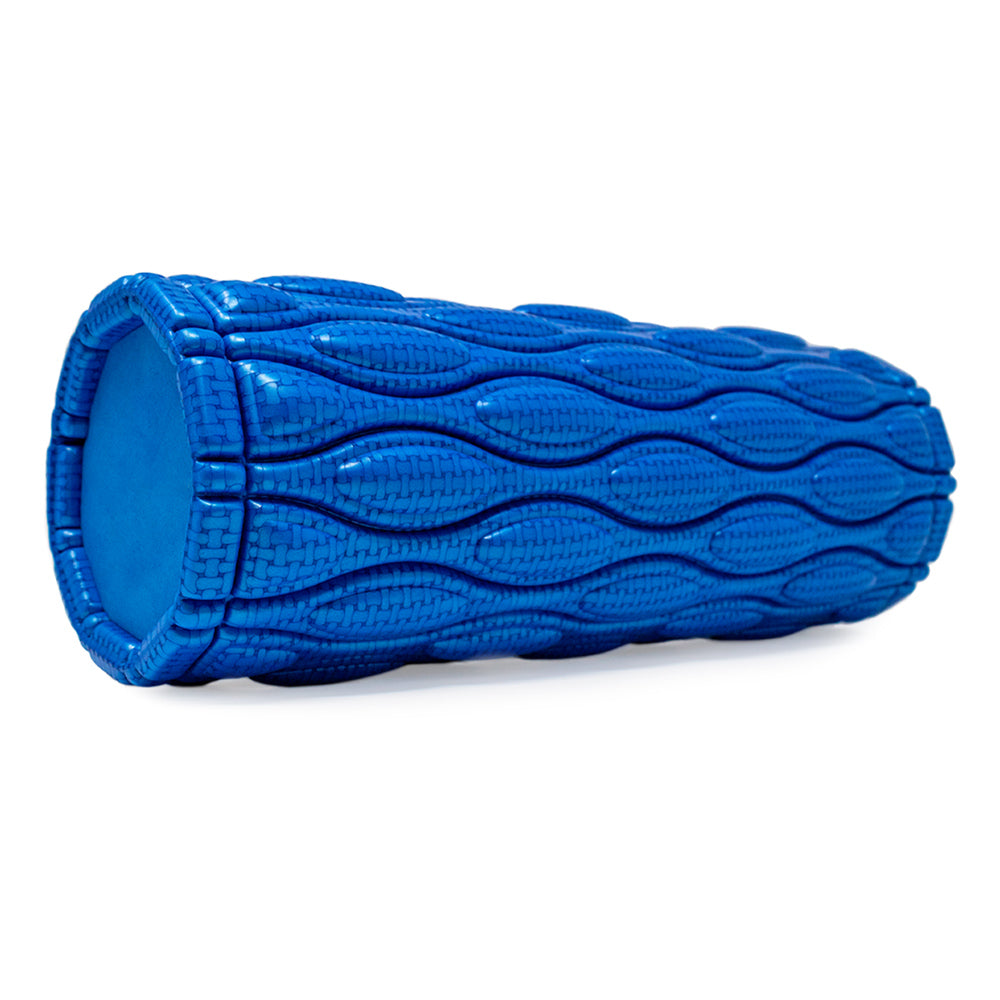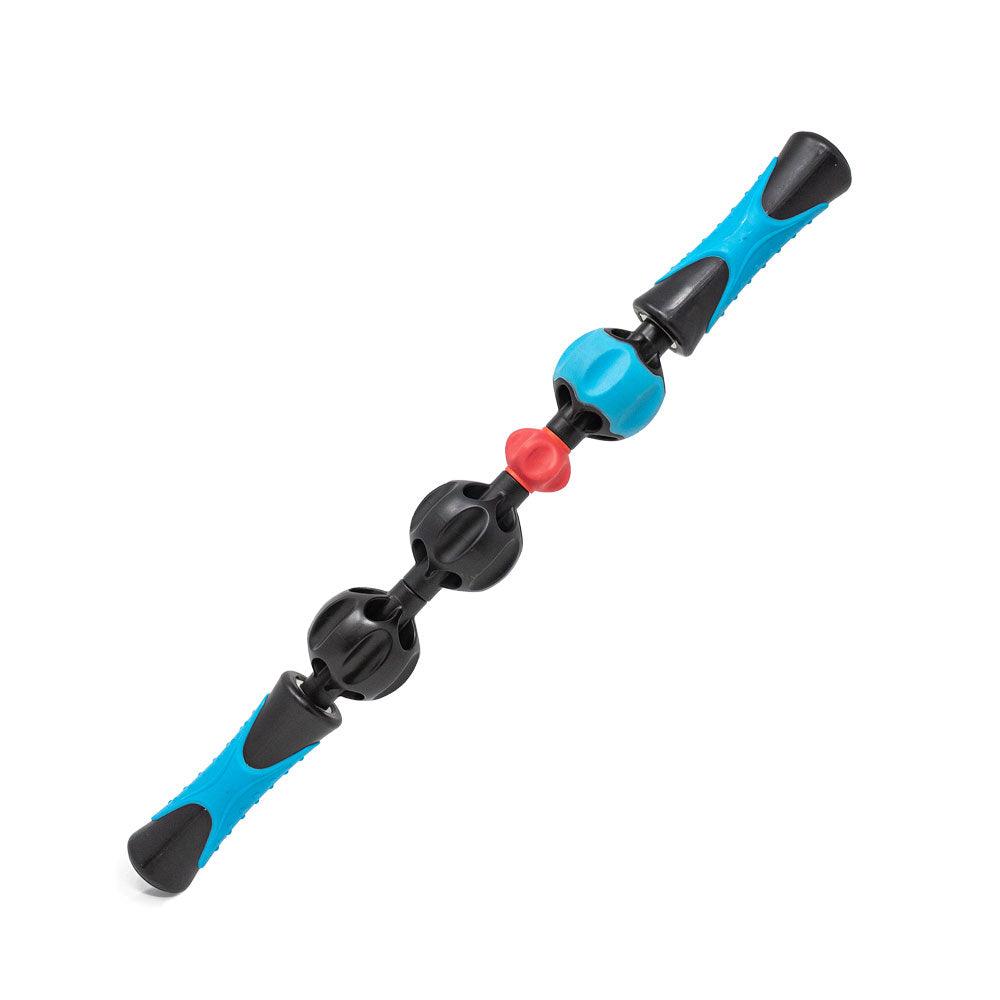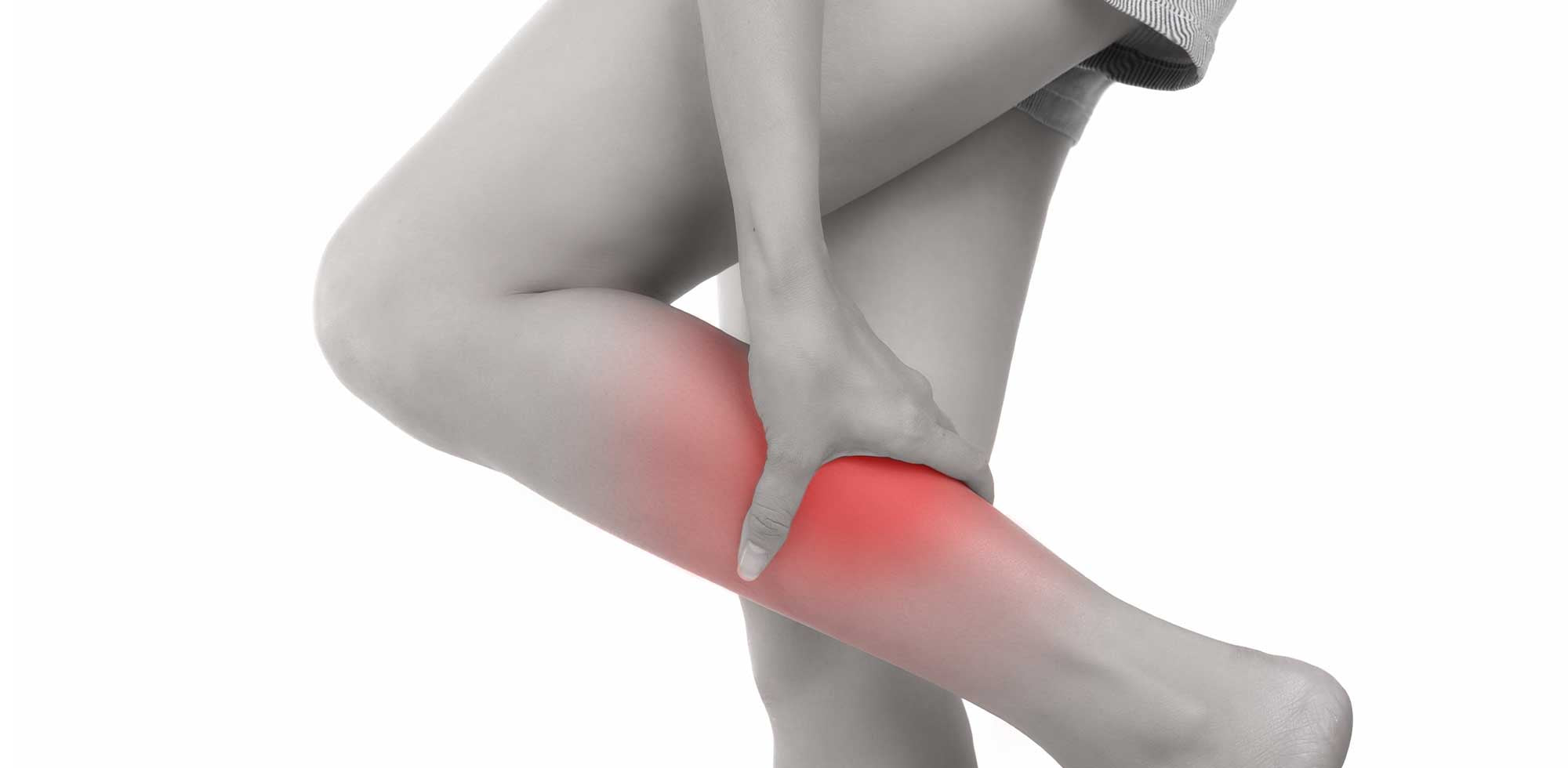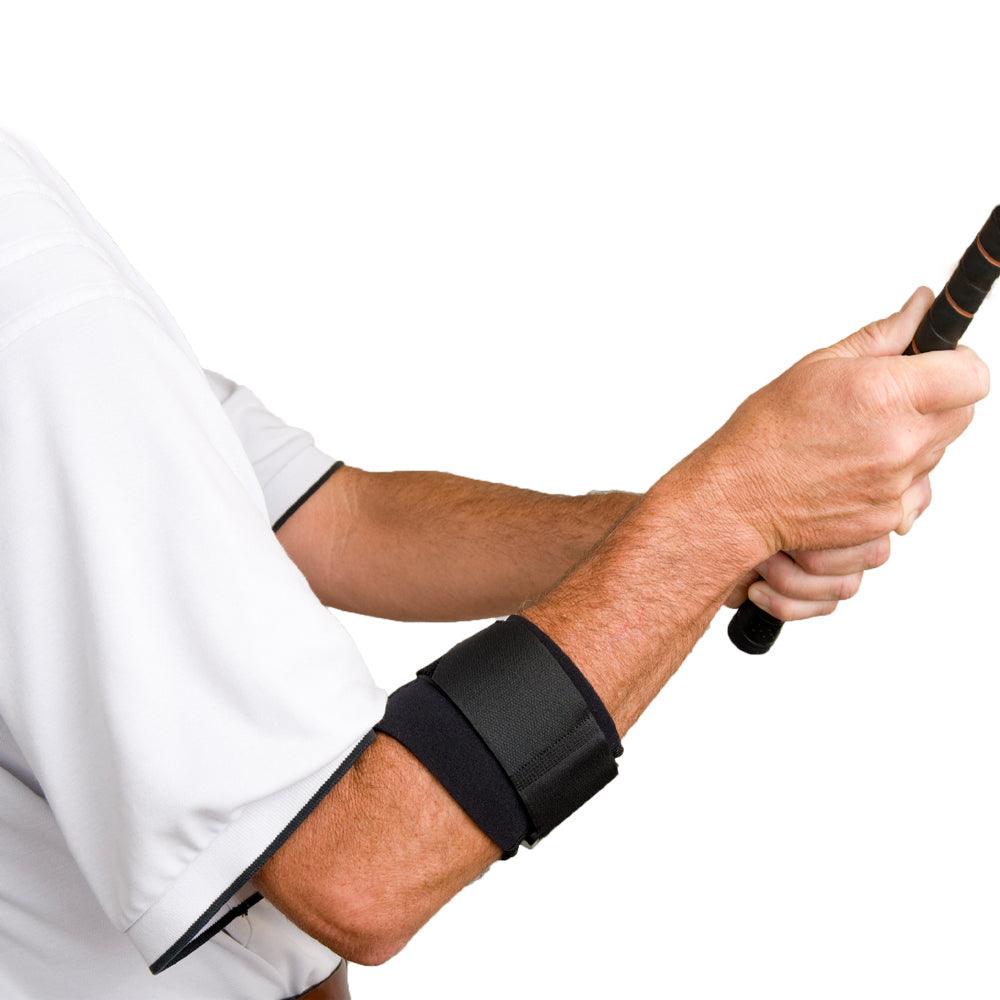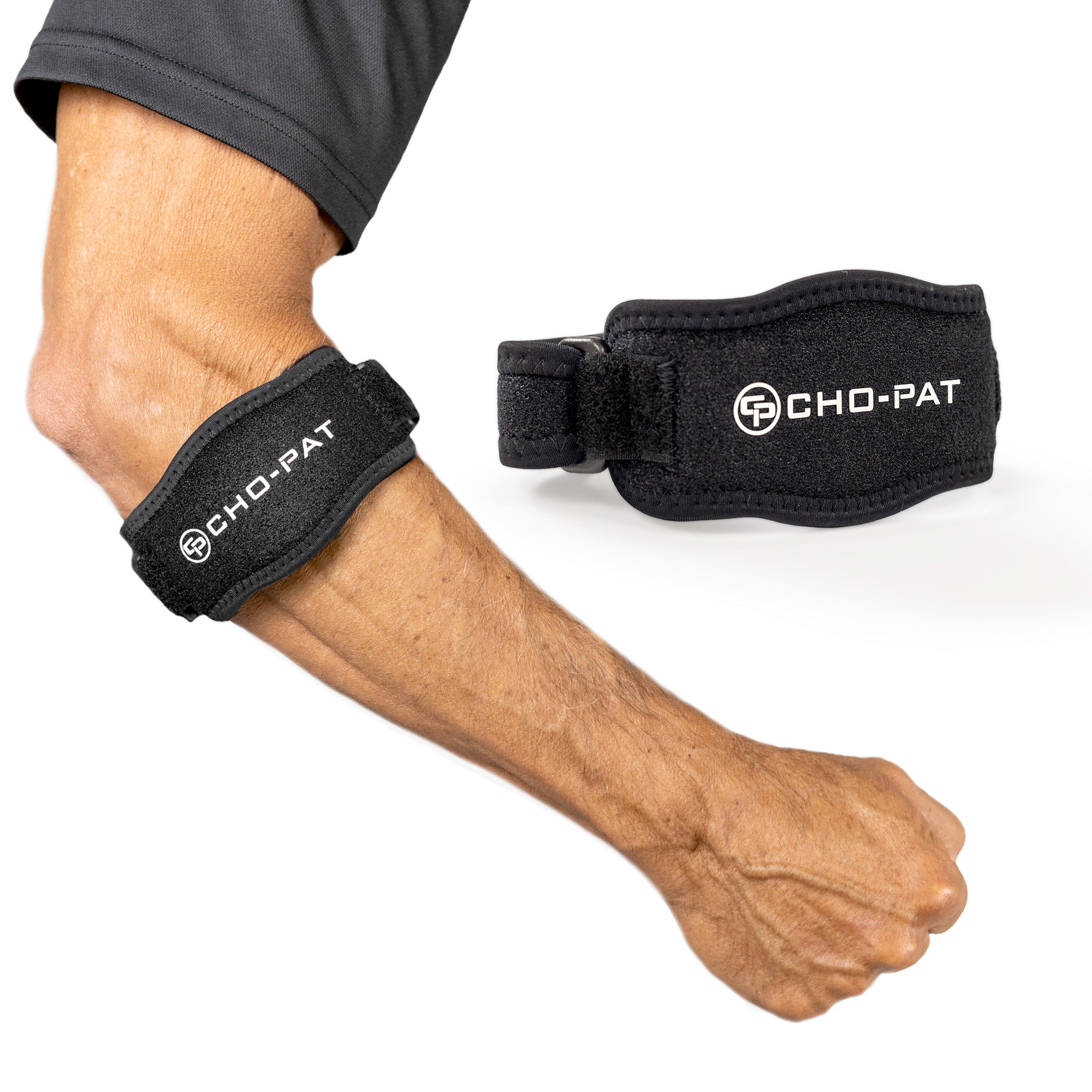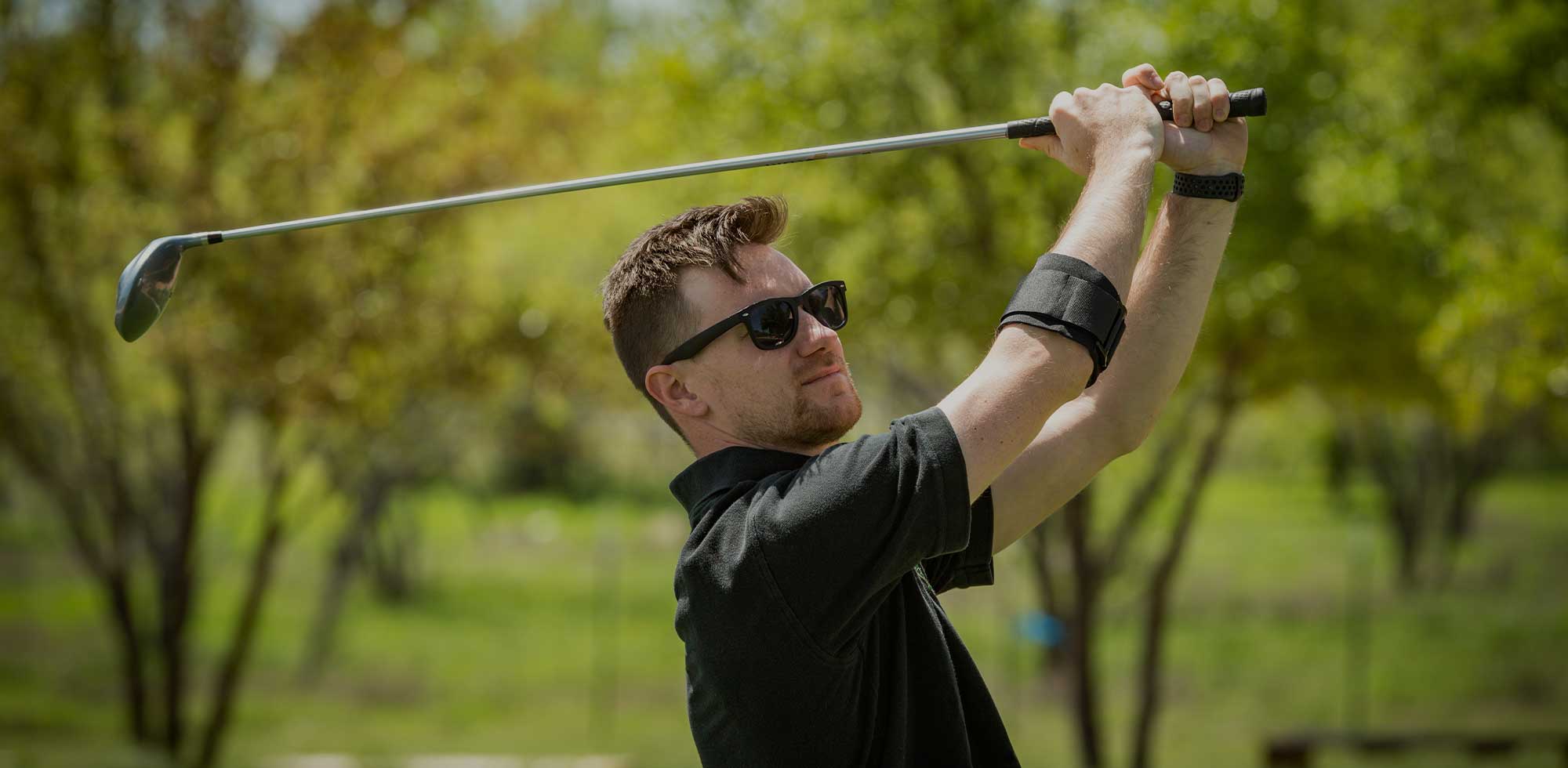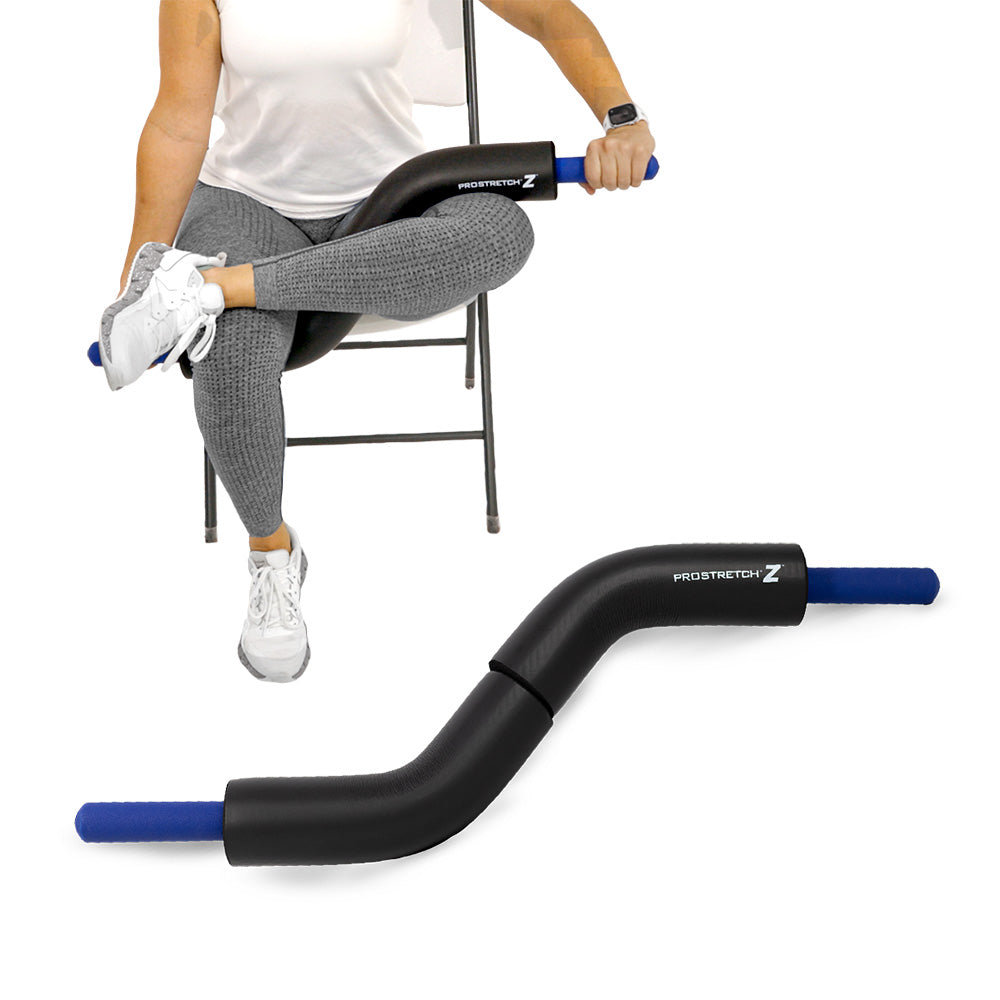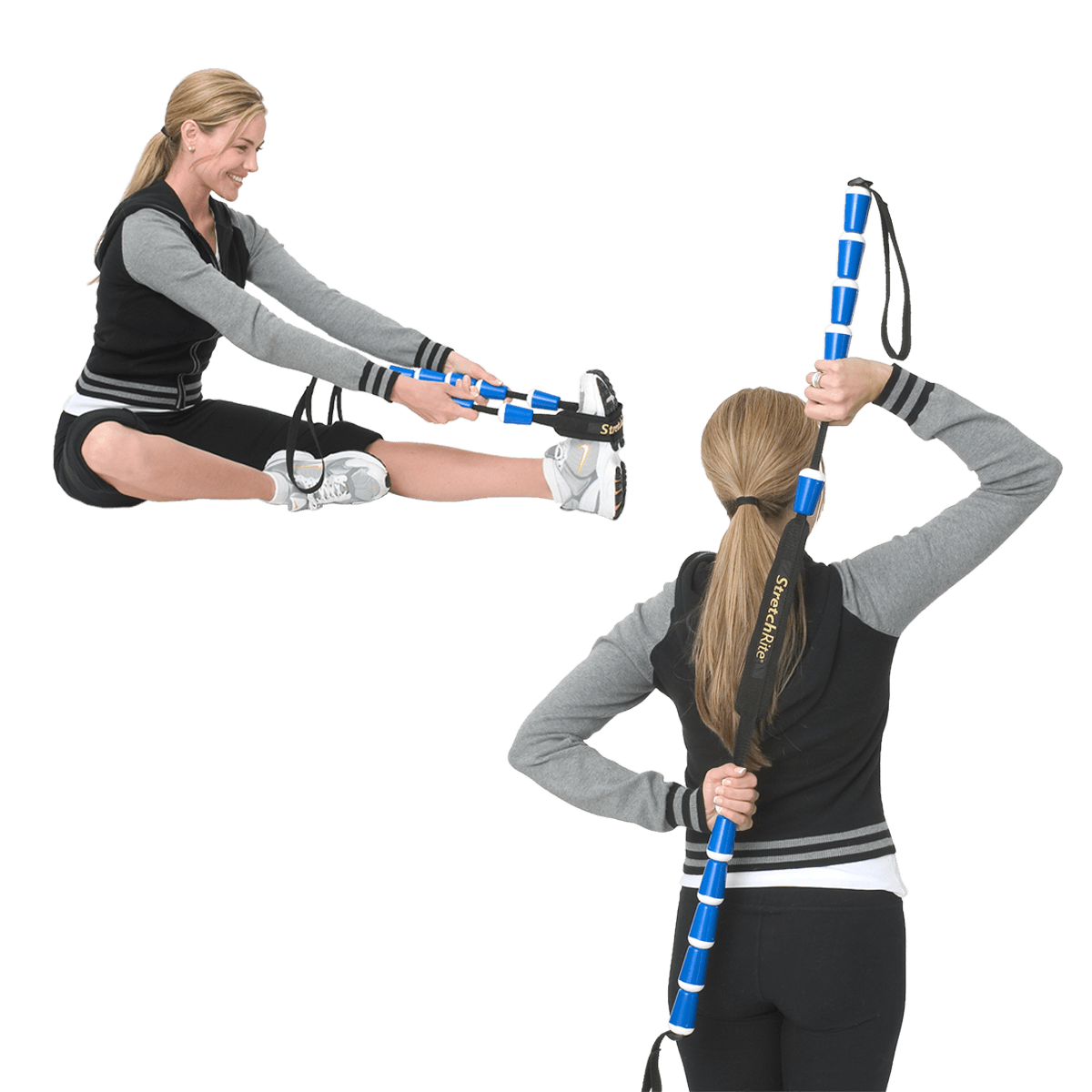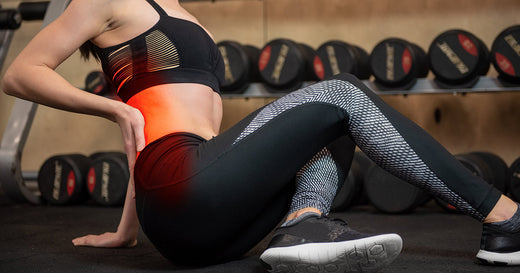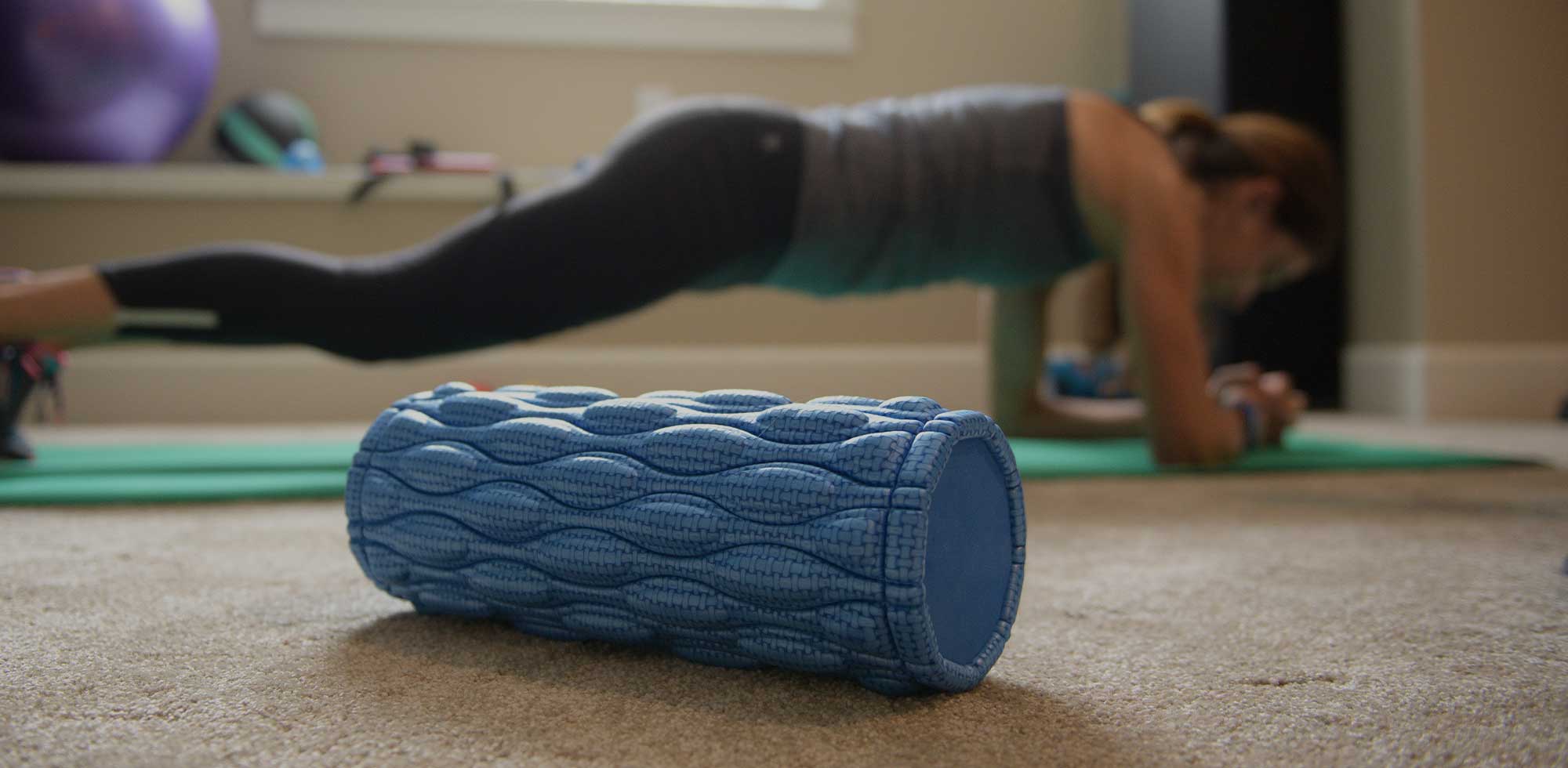Calf strains and tight calf muscles can be painful, but they may also be symptomatic of weakness elsewhere in the leg. The body is an amazing network of highly interconnected parts. This is especially evident when it comes to performance and pain.
When everything is in balance, your interconnective chain of muscles, ligaments, and tendons all work together to allow for painless, almost effortless movement until a link of that chain is weakened or injured. But a strain, pull, or even tightness can set off a chain of events that, if not addressed, could lead to more complicated and painful results.
It’s somewhat expected that a stressed or injured muscle can cause some level of discomfort in the surrounding muscles. But, because of the nature of the interconnective chain, the impacting “domino effect” of that weak link may be greater than you realize. If you are experiencing tightness in your calf, you may already have triggered a tightening of your hamstrings. The same is true for the opposite direction of the chain; in fact, one of the leading causes of heel pain and plantar fasciitis is tight calf muscles.
Causes
Calf Strain Causes
The calf muscle group consists of the gastrocnemius muscle and the soleus muscle. These muscles attach to your heel bone via the Achilles tendon and are some of the most used muscles in your body.
Calf muscles get tight, plain and simple. High heeled shoes, sitting for prolonged periods, standing all day, and even physical activity and exercise can all contribute to calf tightness.
Over and above the direct pain caused by tight calves, the main issue faced by individuals with tight calves is that tight calves alter the way you walk. And when you change the way you walk, you risk setting off a painfully serious chain of events:
Symptoms
Calf Strain Symptoms
Calf strain symptoms can manifest in plenty of different ways, and most of them if left untreated, will interfere with your normal routine. Whether you have strained your calf through overexertion during exercise or suffer from a chronic illness, a problem with your calf can make it difficult to walk, run, or even sit comfortably. You may have strained your calf if you're experiencing these symptoms:
- Stiffness in the muscle
- Tightness or spasms
- Soreness or tenderness when you move or apply pressure to your calf muscle
- A dull, constant ache
- Sharp pain with certain specific movements
Like most pulled muscles, a strained calf muscle will use pain as a warning not to overexert. In most cases, rest and rehabilitation exercises are the key to recovery, and your doctor can best advise you on your ideal strategy.
Treatments
Preventing and Treating Calf Strain
Your calf plays a pivotal role in maintaining the health of the interconnective chain of muscles, tendons, and ligaments in your leg. Maintaining flexibility in your calf is a critical element to avoiding other painful ailments such as plantar fasciitis, Achilles tendonitis, tight hamstrings, and even hip and back pain. As with all injuries, prevention is your best defense. Prevention options for calf strain include:
- Calf Stretching - Stretching properly, starting slowly, and increasing gradually will be critical if you want to avoid calf strain. To help maintain flexibility in the ankle joint, begin each day with a series of stretches and be certain to stretch prior to, and after, any exercise or excessive physical activity.
- Interconnective Chain Stretching & Strengthening - While maintaining calf flexibility is the key to avoiding other leg injuries, a stretching and strengthening routine that strengthens the entire chain, from your lower back to your feet, will assist in retraining the neuromuscular system to perform more efficiently and effectively enabling you to avoid common injuries.
- Orthotics and Heel Support - Bio-mechanically engineered inserts and heel cups can be placed in your shoes to correct misalignment or bolster the support of your foot and are available without a prescription. The temporary heel padding that these provide reduces the length that the Achilles tendon stretches each time you step, making it more comfortable to go about your daily routine.
- Proper Footwear - Low-heeled shoes with good arch support and shock absorption are best for the health of your foot. Look into heel wedges and other shoe inserts to make sure that your everyday foot mechanics are operating under ideal conditions.
FOR IMMEDIATE RELIEF
Ice Treatment
Applying ice to the injured area will help to decrease inflammation and increase healing.
FOR LONG-TERM HEALING
Stretching and Strengthening Products:
When you have calf pain, stretching and massaging can help you feel better. This is because these actions make your calf muscles more flexible, which reduces tension and stress on the affected ligament. Stretching and massaging can also help blood flow and tissue healing in your calf, which can help reduce calf pain.
Recommended products:
 ProStretch® Plus Adjustable Calf and Foot Stretcher ★★★★★ The ProStretch Plus increases flexibility and range of motion in the plantar fascia, Achilles and calf muscles with a deep, pain-relieving stretch. ProStretch Plus has been proven to provide a deep stretch that increases flexibility along the entire inter-connective chain, delivering the long-term flexibility needed for a lasting plantar fasciitis treatment. |
 ProStretch® The Original Foot and Calf Stretcher ★★★★★ For over 30 years, ProStretch has been the favorite calf stretcher of professional athletes, athletic trainers, and physical therapists worldwide. It's unique rocker design holds the foot in the optimal position for a biomechanically accurate and efficient foot and leg stretch that increases flexibility and enhances overall performance. |
Massage Products:
Massaging the calf helps to relax tight muscles, release tension, and reduce overall discomfort. A targeted massage in the calf can address specific trigger points or knots in the muscles, contributing to pain relief and enhancing the overall recovery from calf pain.
Recommended products:
 ProStretch® Pro Stick Massage Roller ★★★★★ This product is an innovative massage therapy tool designed to increase circulation, warm the muscles, and improve the users overall performance. |
 ProStretch® Peanut Massage Ball ★★★★★ This roller’s peanut-shaped design allows it to get into targeted areas that are difficult to reach, providing a deep tissue massage for those knots that won’t go away and adds a more aggressive myofascial release. |
 ProStretch® Nonagon Foam Roller ★★★★★ The textured 9-sided foam roller design with a solid EVA foam core connects with the fascia with precision and allows for a deeper, stable, and secure roll without lifting your entire body weight. |
How to Prevent Calf Strain?
Preventing calf strain begins with proper warm-up routines and consistent stretching exercises to keep the muscles flexible and strong. Including calf stretches into your daily routine can help you improve blood circulation and reduce muscle stiffness.
It is recommended to gradually increase the intensity of physical activities while wearing supportive footwear to minimize calf strain. Massage and foam rolling, can further reduce the risk of calf strain by alleviating tension and promoting muscle recovery.
PLEASE NOTE: The information on this website and article is for information only and should not be used as a substitute for consulting your doctor. Consult your doctor for proper diagnosis and rehabilitation.
